
TBI Recovery
Leveraging a portfolio of advanced treatment technologies and equipment to help patients regain independence and an enhanced quality of life.


What Are the Recovery Stages of a Traumatic Brain Injury?
For humans, few afflictions are as complex and concerning as traumatic brain injuries (TBIs). A TBI is defined by the...

What Are the 6 Stages of Concussion Recovery?
Recovering from a concussion differs for every person. Some return to their normal life days after their injury, while...
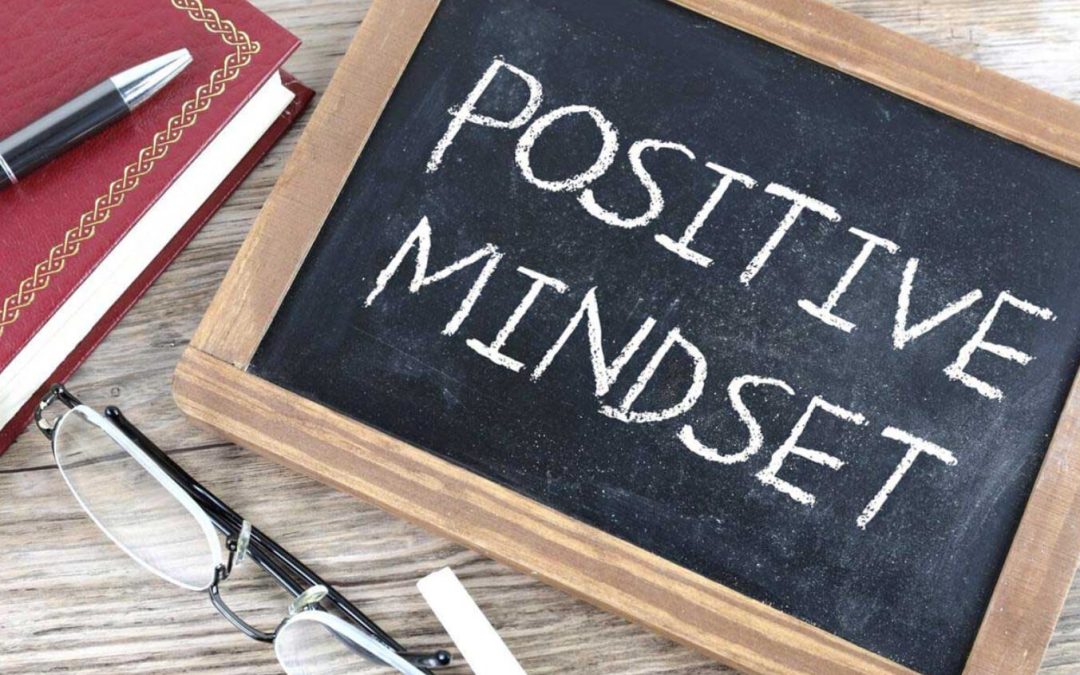
Noticing the Positive
Depression and low mood are common symptoms after a brain injury. Some of this may be due to neurochemical changes in...
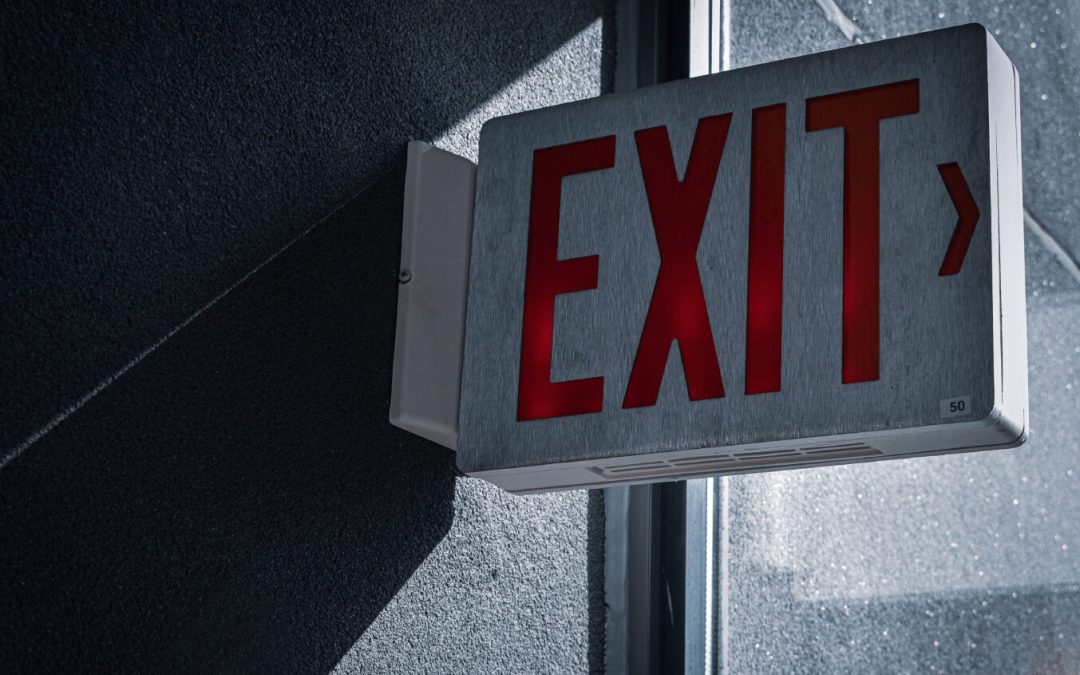
Emergency Preparedness Guide for Post-Brain Injury Patients
Early June brings hurricane season to Texas, and with that comes a fresh reminder of the need to plan for emergencies....

Visual Scanning Activities
Visual scanning skills are essential for processing information in our daily lives. However, some individuals might...
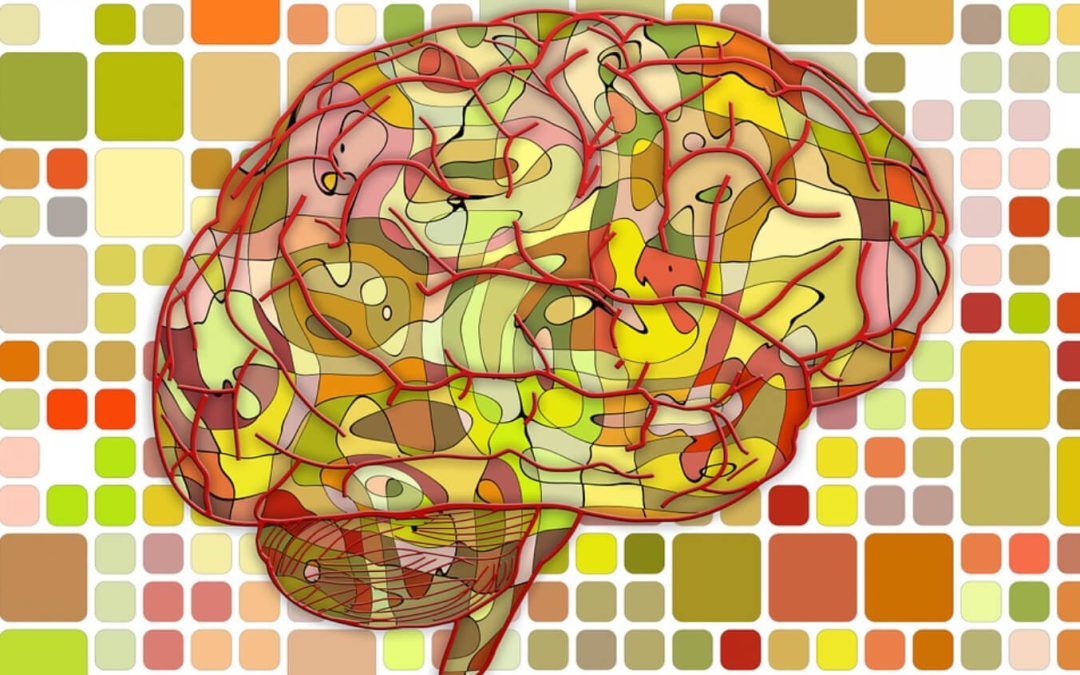
What Is Left Neglect?
Injury to the brain’s right hemisphere can cause left neglect. The condition is also known as left side neglect,...

What Do Traumatic Brain Injury and Sleep Disorders Have to Do With One Another?
Following a traumatic brain injury (TBI), sleep disorders are a common problem. Even in mild cases of TBI, the quality...
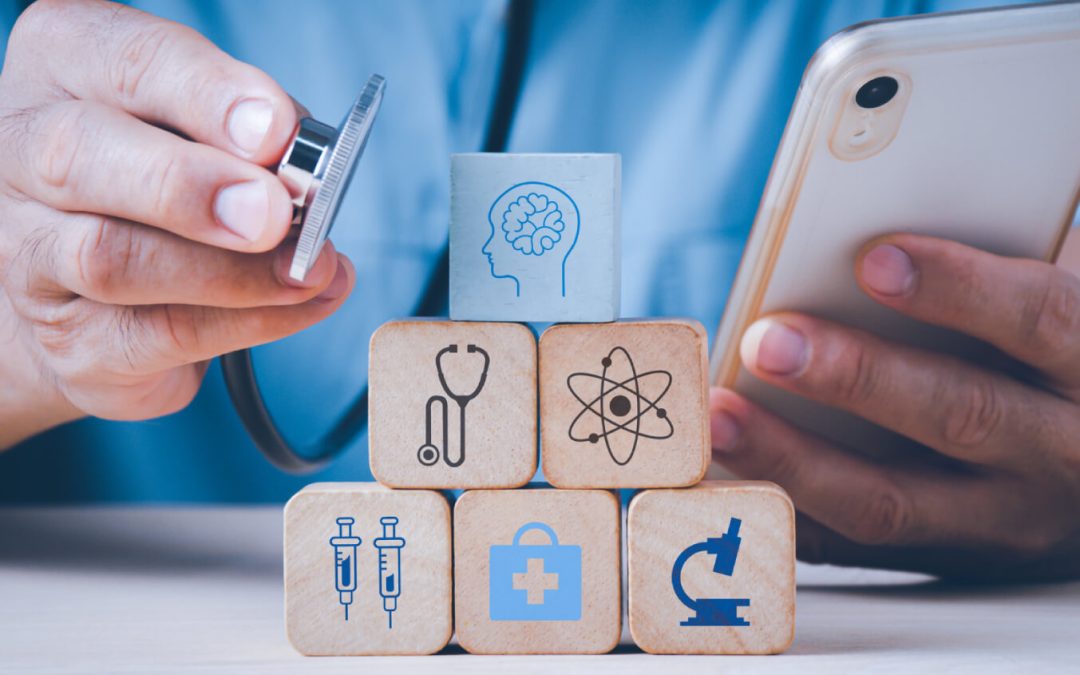
10 Supportive Traumatic Brain Injury Resources for Parents
Finding helpful resources for your TBI recovery isn't always straightforward. If you’re also providing care to your...
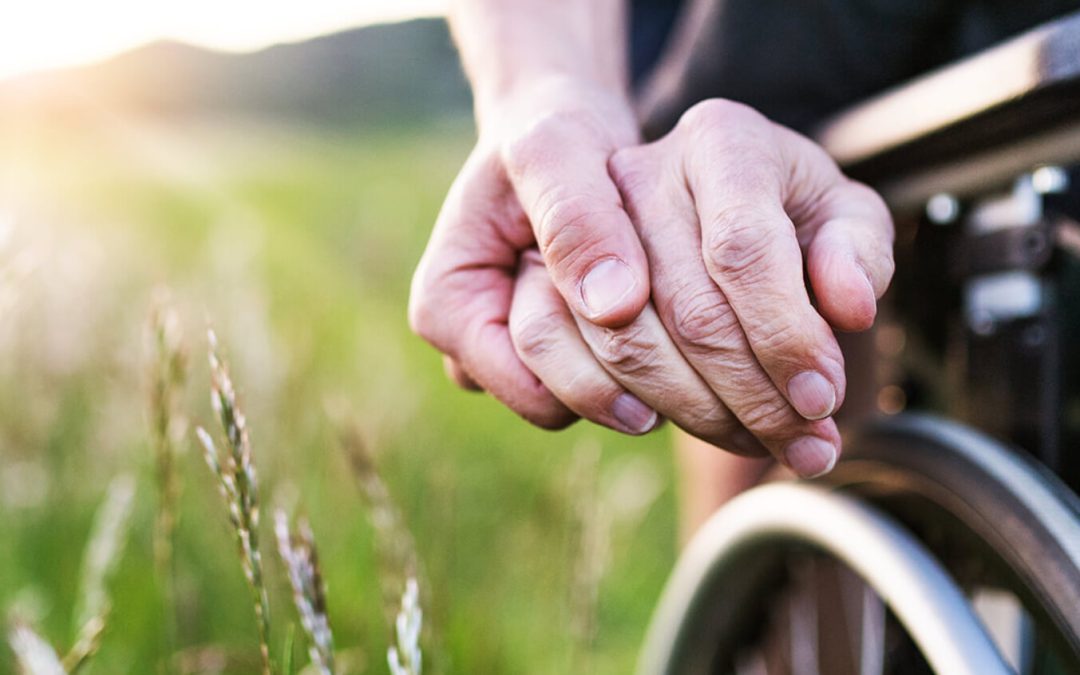
Which TBI Care Plan Is Right for You?
We want to give our loved ones the best care and support possible following a traumatic brain injury (TBI)....
